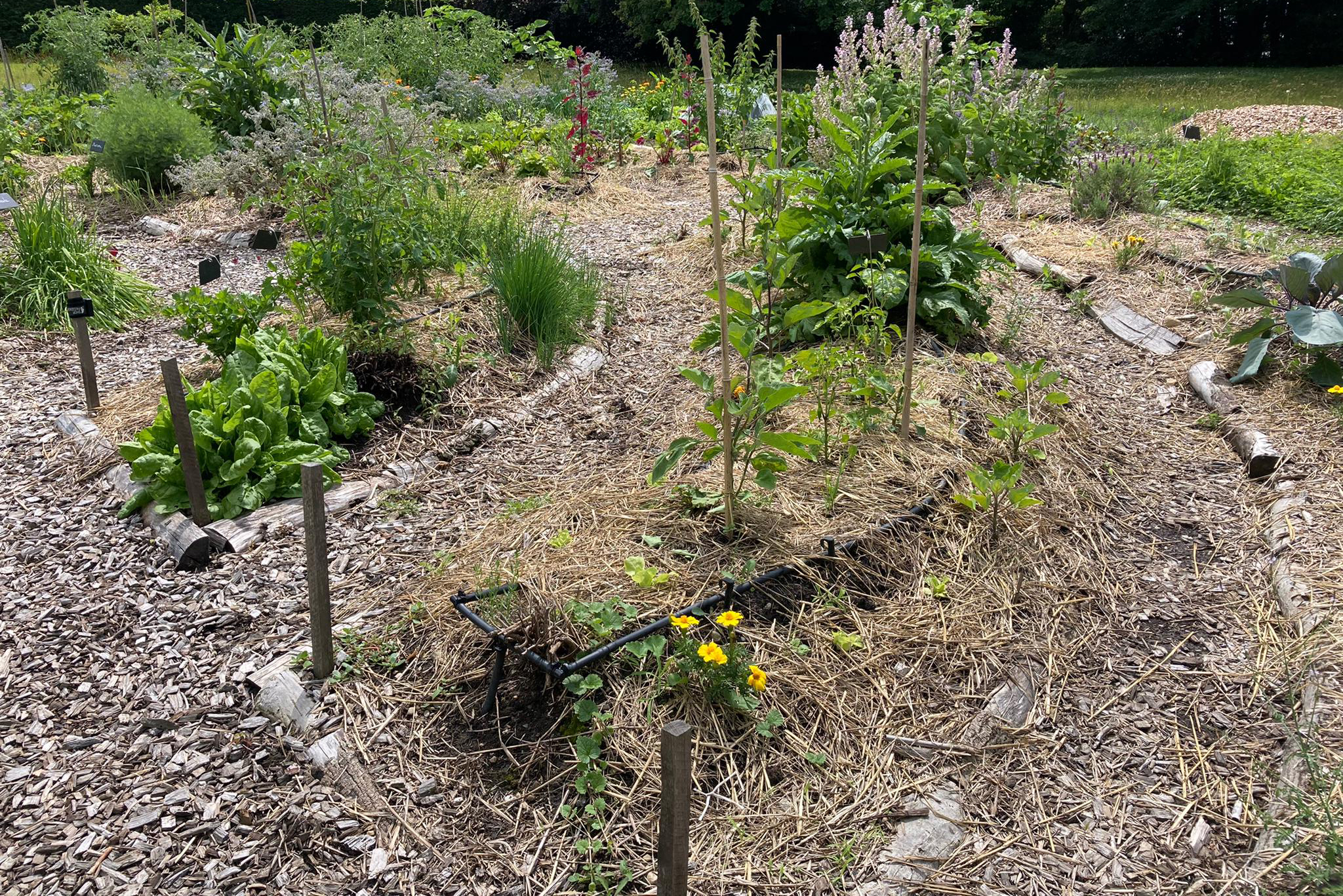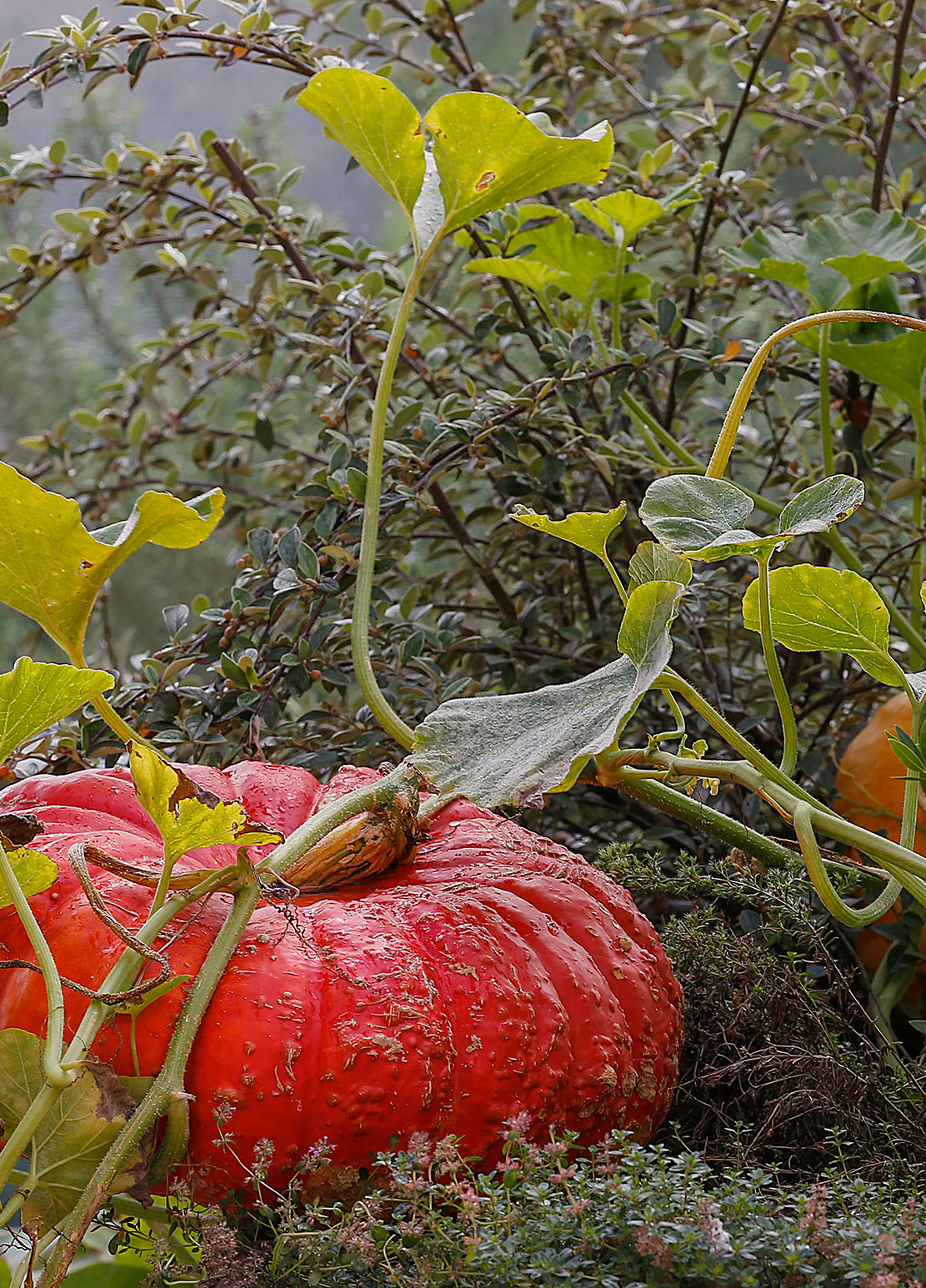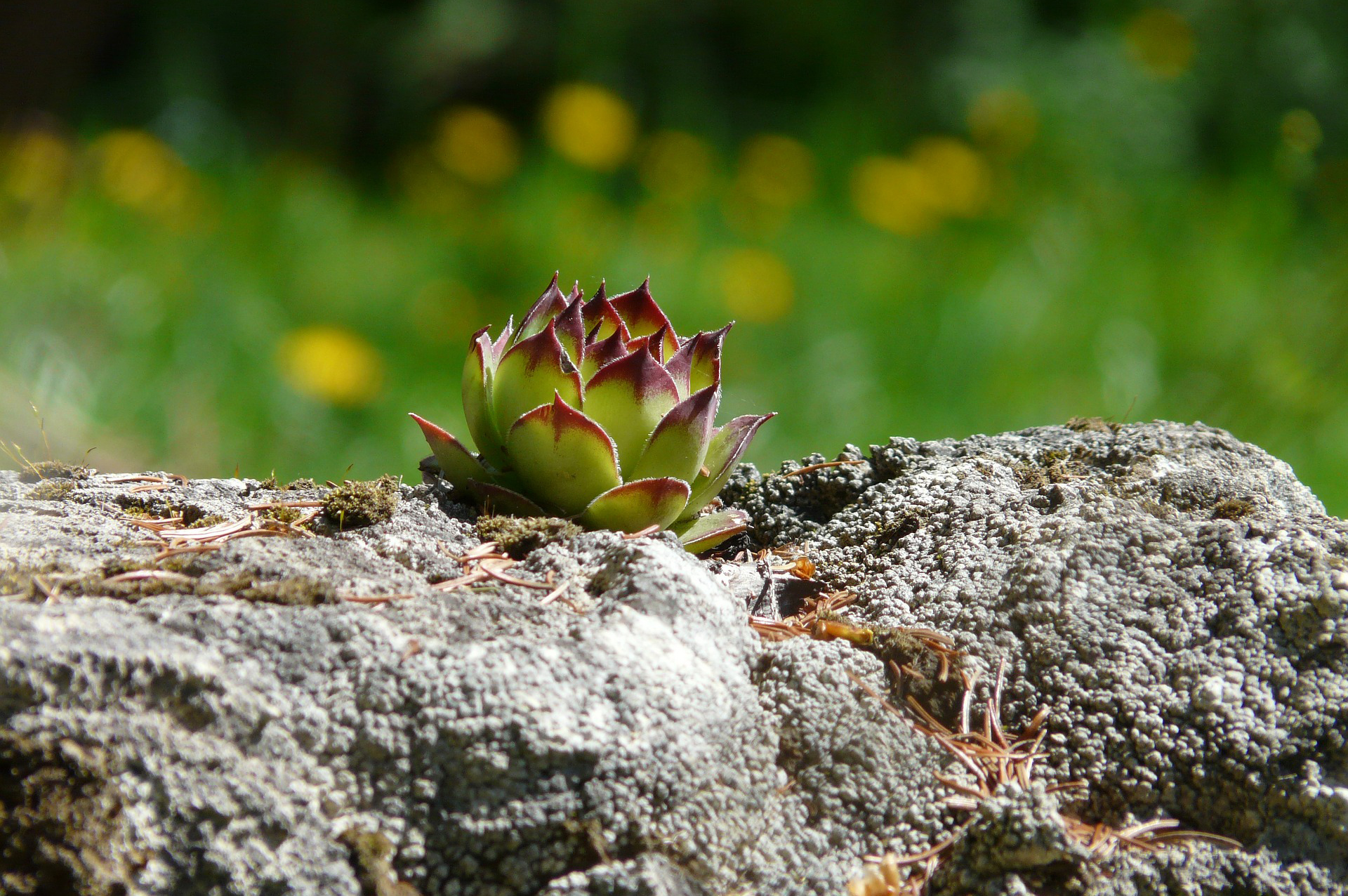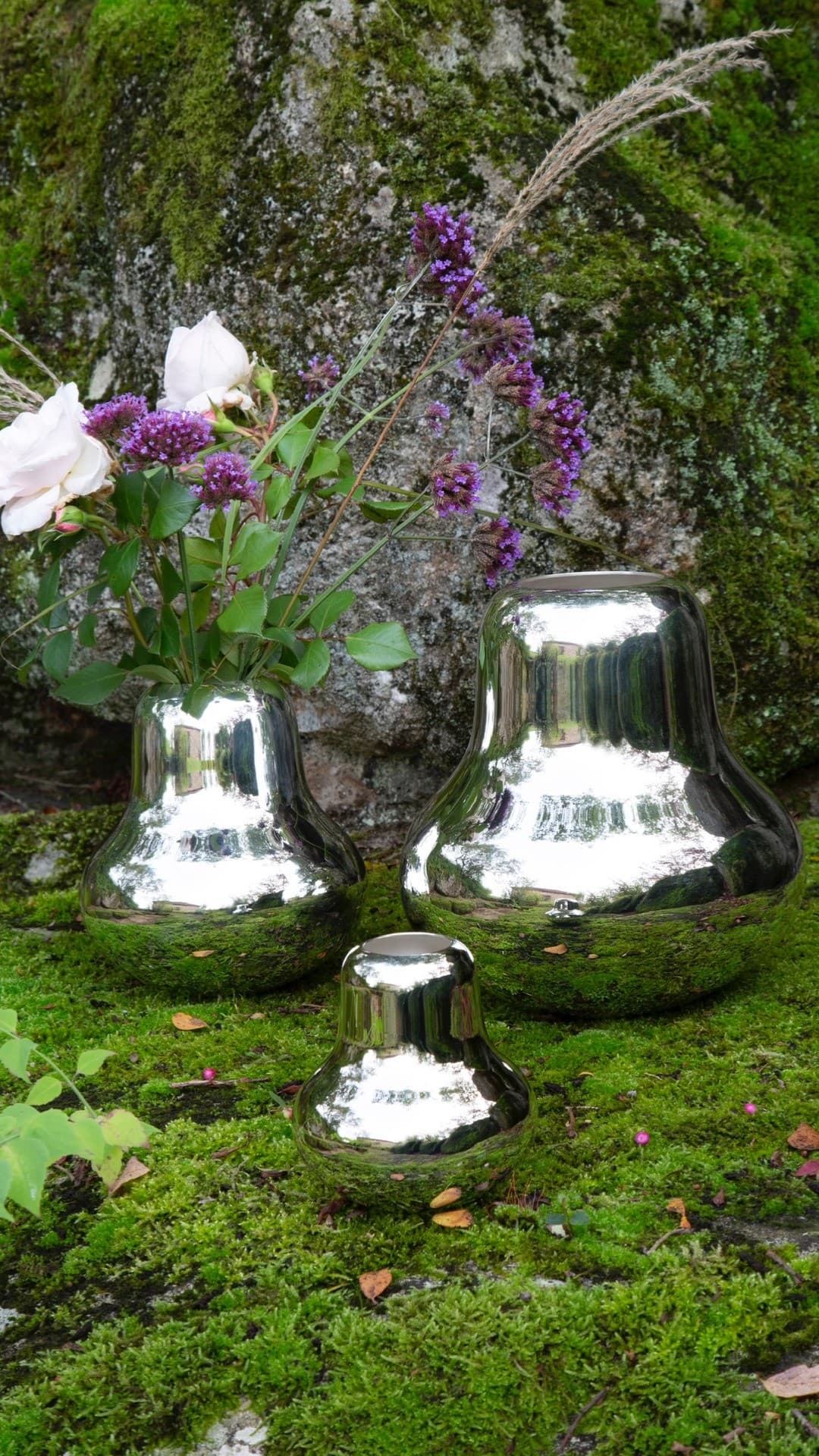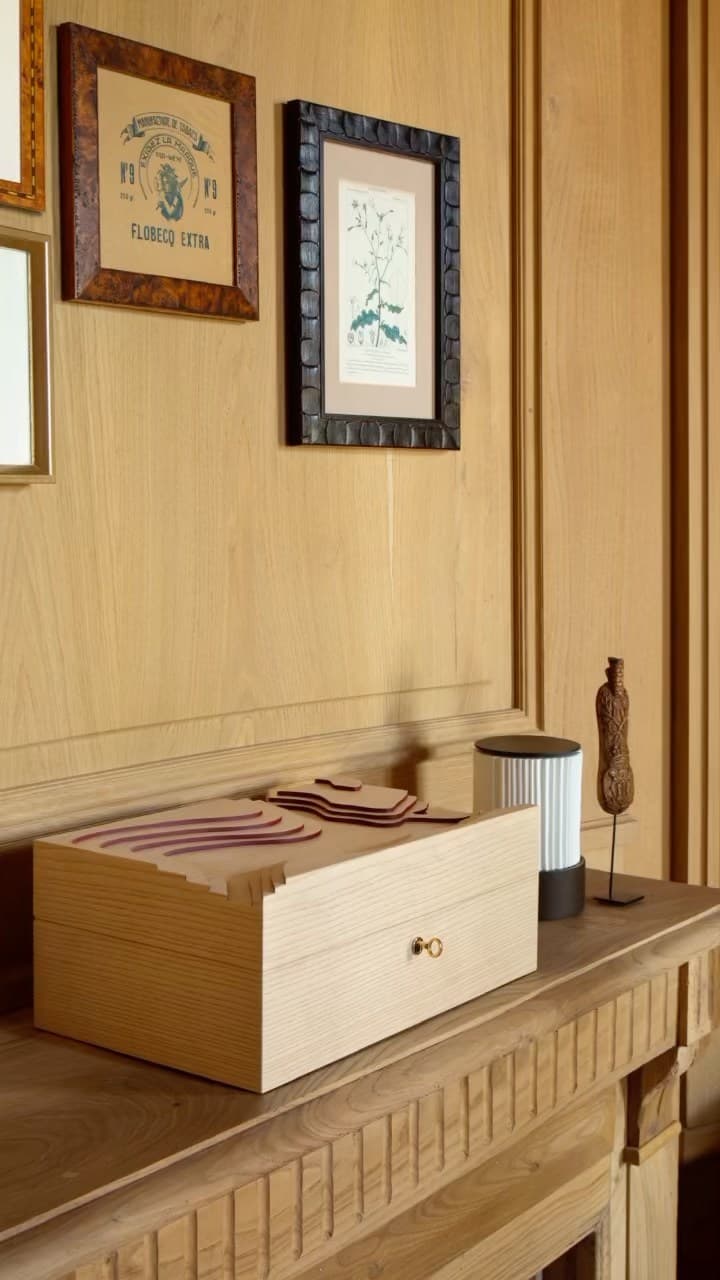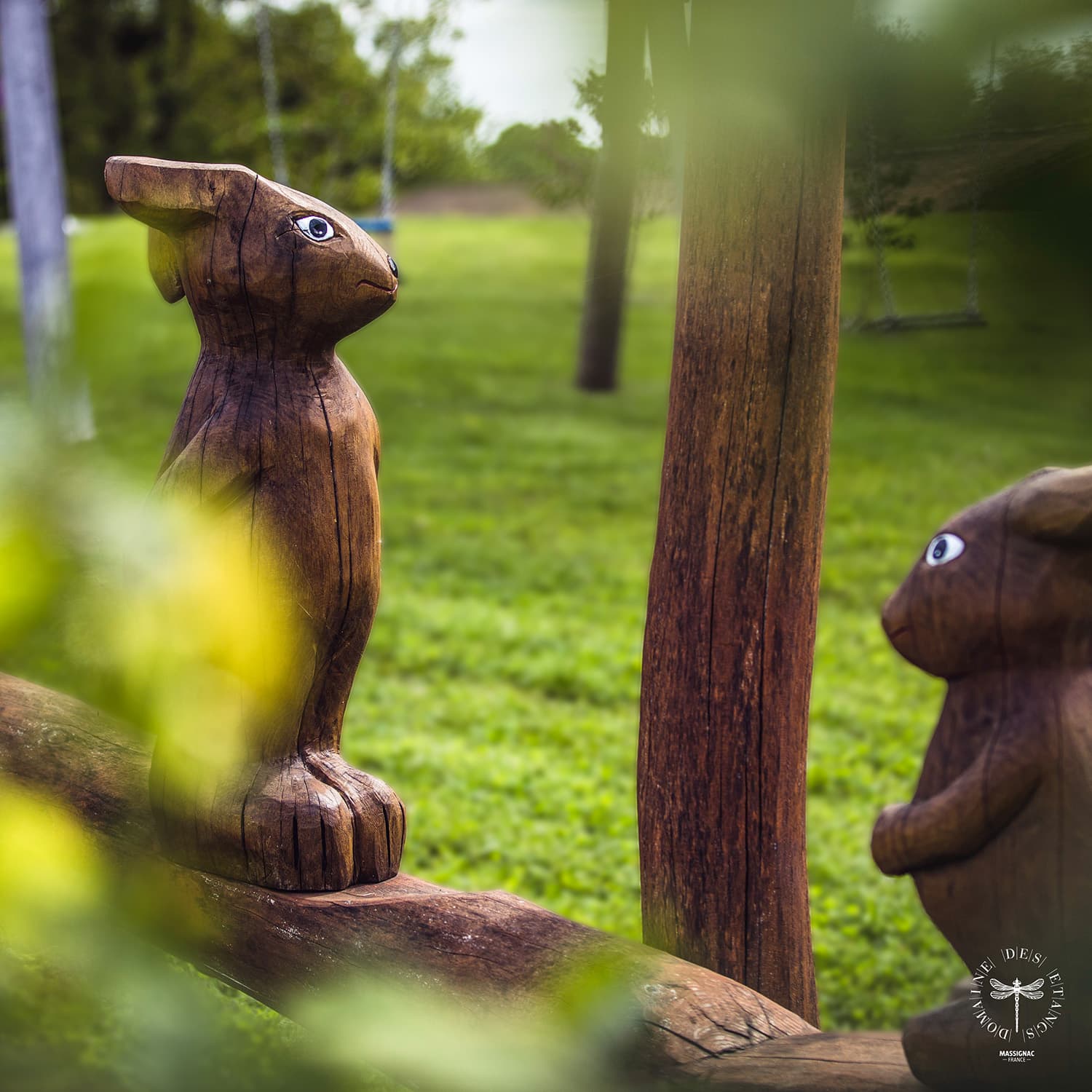A few years ago, Sepp Holger, an Austrian ecological farmer, developed “Hügelkultur”, or self-fertilising mound farming.
Originally designed to encourage the growth of trees and shrubs in agroforestry, this technique now produces interesting results in vegetable gardens, that are studied throughout the world in areas difficult to cultivate.
This ancient technique, already used in Eastern Europe thanks to a profusion of available raw materials for its construction, consists of creating a mound with decaying wood at its heart.
Many organic farmers prefer to use it on nutrient-depleted land to grow their vegetables. The proximity of forests is an asset when deciding to build this structure that offers many advantages.
HOW TO BUILD YOUR OWN SELF-FERTILISING MOUND
A self-fertilising mound may take a few hours to set up, however, it can be used for 15 years. It mimics the ecosystem of the forest floor which is rich without any human intervention.
This construction means that no compost is needed, as the mound produces it itself. It also limits water consumption, as the wood acts as a sponge.
Here are the steps to building your mound:
Dig deep enough over the desired length and width to place decaying logs. Fill each gap with branches of varying sizes so that there are no spaces. This foundation is the carbonaceous material, which will attract decomposers.
Then, to chemically balance your mound, cover the wood with nitrogenous material: grass clippings, fresh kitchen or garden waste, nettle, comfrey, etc.
On top of this layer, you can place the soil from your digging that you have set aside. The soil should then be protected with a fairly thick mulch.
Finally, you can plant your seedlings or sow your seeds by spreading the mulch a little to let them grow.
You now have your hügelkultur mound, which you can build up to a metre high, watching out for the shade it will cast on the other beds.
THE BENEFITS OF “HUGELKULTUR”
Hügelkultur allows you to optimise the cultivated space by diversifying and by using verticality to save space when combining companion plants. You can place different vegetables or herbs on its sides according to their specific requirements in terms of sun and water.
The slow composting of the wood and mulch will allow you to regenerate the soil and to create humus on land that no longer has any. Fertility is guaranteed in the long run.
The mound does not require tilling or ploughing, as the micro-organisms and fauna will themselves move and aerate the soil. The microbial life is reactivated and the soil becomes supple – it forms a vegetable compost.
The mound creates several microclimates: the temperatures are not the same on each side and the top and bottom are not exposed to wind and light in the same way.
Water conservation is important in mounds thanks to the wood and mulch. They can be placed perpendicular to a slope to retain runoff and are irrigated naturally.
Ideal for growing vegetables on depleted land and for regenerating humus, the self-fertilising mound can be a solution in dryland thanks to its ability to hold moisture in its centre.
For an experiment in your garden, you can make one and compare the growth rate of your vegetables with those on a flat bed.
Ready for an exciting permaculture experiment?
*P.S: This mound may attract rodents, so you have to accept how mother nature functions. However, with a healthy ecosystem in your garden, everything is regulated
